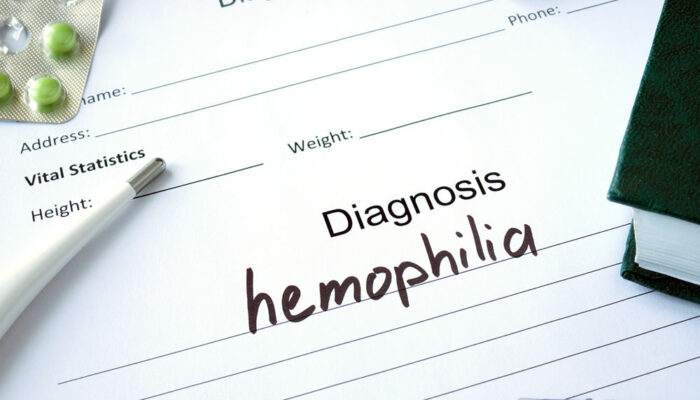
Spinal Muscular Atrophy Stages and Symptoms to Know About
Spinal muscular atrophy is a genetic condition that usually occurs in children. It leads to the muscles becoming weaker and smaller and is primarily caused due to the lack of communication between the brains and the nerves responsible for movement. Thus, it may affect the child’s ability to perform normal functions like walking, crawling, and controlling simple head movements.
Let us understand the stages and symptoms of spinal muscular atrophy.
Stages
The stages are divided into types and will depend on the age at which the symptoms begin. To understand the stages and symptoms of spinal muscular atrophy, it is important to know the types of the condition.
1. Type 0
This is the most severe form of SMA or spinal muscular atrophy, and the rarest of all. The development of SMA takes place during pregnancy. If this type of the condition exists, babies will show less movement in the womb itself. Moreover, they are born with certain problems concerning the joints and have weak muscle tone. Their muscles for breathing are also weak and due to this, they often do not survive. This type of SMA affects babies who are born with the disease to those who are six months old. Most of the babies with the condition will show symptoms by the time they are three months old.
2. Type 1
This is also considered a severe type of SMA, and the child is unable to support the head or sit in an upright position without external help. Floppy arms and legs and difficulty in swallowing are the signs of this kind of the condition. Much like in type 0, in this form also, it is important to understand if the baby is having difficulty in breathing. Kids who have this type of SMA often do not survive beyond the age of two.
3. Type 2
Also known as chronic infantile spinal muscular atrophy or intermediate SMA, the symptoms of this type of SMA start to appear when a child is between seven to 18 months old. The symptoms of type 2 SMA usually include problems with sitting without any support. The weakness in muscles is usually seen in the legs, and some children experience difficulty in swallowing food as well
4. Type 3
This type, which is also known as Kugelberg-Welander disease or juvenile SMA, affects kids between the age group of 2 to 17. Children walk independently without any external support but may have problems in getting up from a chair, climbing stairs, or running. They may require a wheelchair to move around. This is considered a mild form of SMA among children.
5. Type 4
This type is the adult form of the condition. The symptoms of type 4 SMA usually start after a person is 35 and they tend to get worse with age. This type of SMA develops slowly. Therefore, not many people are aware of having the disease until symptoms start to show in later parts of their life. The symptoms of this type include weakness in the leg and hip muscles, which progresses and affects the shoulders and the arms.



